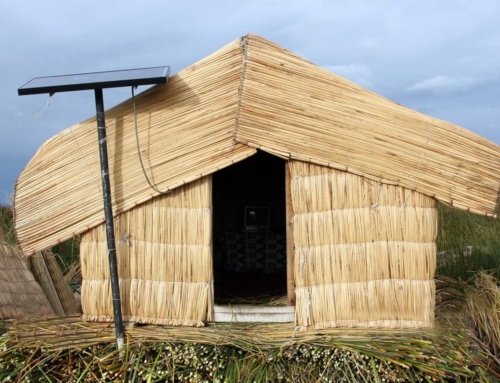Part V
When I became a climate activist, I believed that there must be some phrase or a set of magic words that would get others to see the climate threat and act.
Searching for these words was a fool’s errand. I knew words held power. But I was disappointed by what I was hearing from the climate movement. Most campaigns were reactive, issue-based, and seemed to entrench the opposition’s position. A fuller description of framing shows how our communications reflected this.
Since then, I’ve spent a lot of time reading, watching, talking to communications experts, and thinking about what we are missing.
Many of us begin our communication efforts by thinking of a hashtag or a clever saying that will capture attention and convert people when they hear it. There’s nothing inherently wrong with this, but I call it the “What Are We Going To Call Our Campaign,” syndrome.” Brevity is a good goal, but it is often inadequate by itself. It becomes a sort of crutch, lulling us into thinking we’ve done the hard work when it’s the final step.
The model above provides a visual guideline for first leading with our values, then selecting narratives that support our stories, and finally the frames we need to use. By building our communications off a strong base of our values, our frames become more effective. A frame can’t get traction when it doesn’t have an ecosphere of stories and has to fight the dominant narrative.
If you are a regular reader, you know I’ve written over a dozen posts on framing. While there are no magic words that suddenly get people to agree or act, frames use linguistic mental metaphors and neural pathways to “frame” an issue.
Using the words climate change rather than global warming is a classic example. Climate change is more innocuous. It’s only the climate that’s changing. And the climate has always been changing. To many, this short expression frames the conversation over climate. Unfortunately, frames can’t exist by themselves without the support of a set of narratives, stories, and values.
A good frame is often transparent and subtle. Because framing activates and strengthens neural pathways, we often don’t think we’ve been affected by them. Creating good frames is a process and beyond a single post.
But I’ve inserted frames at the top of this communications pyramid, because they are supported by a collection of stories and narratives and are based on core our values. We can work the pyramid downwards from the top, but the results may wind up like “Defund the Police,” or “The Peoples Bailout.” Framing is both a technical and a creative process. Drop me a line, and I’ll send you my framing checklist with which you can check your frame before testing it.
The next time you’re faced with a new climate issue, it might be worthwhile to drop the facts and reason, and think first about the values that are important to you. How that issue violates those values. Then the narrative in which you can set your story, and finally what frames you might use. Let me know how I can help.
Hobie,
‘We are all connected. Savor the Earth!’™
L. Hobart Stocking
SkyWaterEarth.com
hobart@skywaterearth.com
651-357-0110
Facebook: @SkyWaterEarthConnected
Twitter: @SkyWaterEarth








Leave A Comment